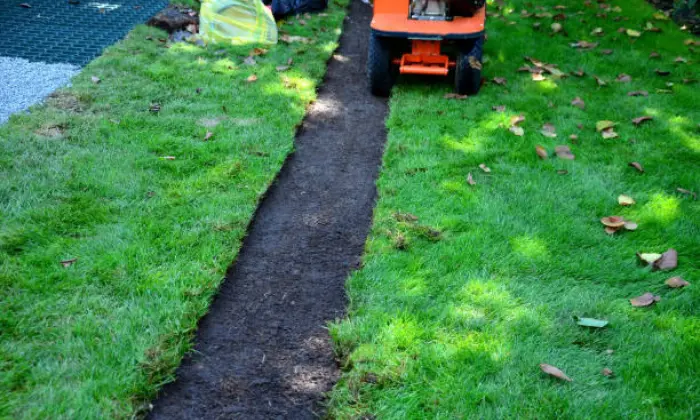If you’re dreaming of a garden or envisioning a pristine landscape, removing sod might be your first step towards achieving that green oasis. Whether you’re embarking on a landscaping project or revitalizing your lawn, knowing the best methods for sod removal can save you time, effort, and headaches. In this comprehensive guide, Robert’s Complete Care explores various techniques and tools for efficient sod removal.
What is Sod & How to Remove Sod
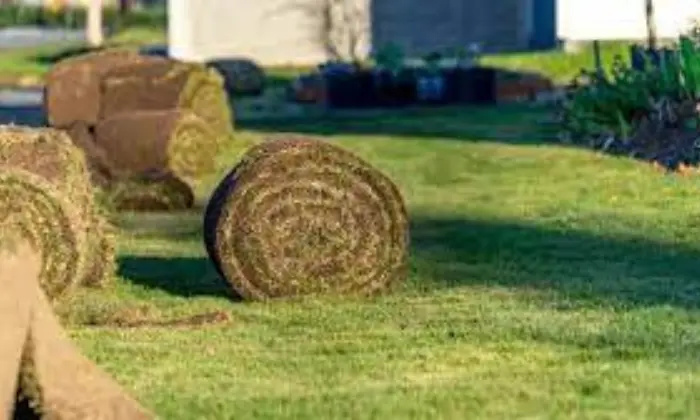
Sod, also known as turf, consists of mature grass grown on a layer of soil. It’s commonly used for instant lawn establishment and landscaping projects. Removing sod involves lifting and relocating this grass and soil layer to prepare the area for new landscaping features or garden beds. This process allows you to repurpose healthy grass and create a fresh canvas for your outdoor space.
Best Way to Remove Sod
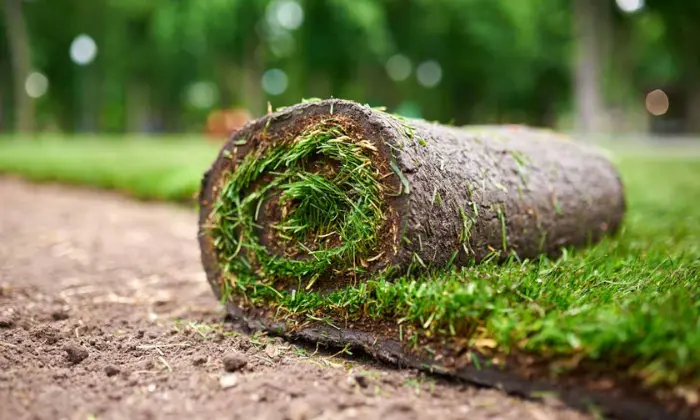
When it comes to renovating your lawn or preparing for a landscaping project, knowing the best, easiest way to remove sod is essential. Sod removers set the stage for a fresh start, whether you’re replanting grass, creating garden beds, or installing new features. In this guide, we’ll walk you through the most effective method for removing sod, ensuring a smooth and successful process from start to finish.
Tools for Removing Sod
Before you begin the sod removal process, gather the necessary tools and equipment. You’ll need:
- A sharp spade shovel or sod cutter
- A wheelbarrow or garden cart
- Marker flags or twine for marking the removal area
- Watering hose or sprinkler
Marking the Area
Use marker flags or twine to outline the area of sod you intend to remove. This will help you maintain accuracy and efficiency during the removal process. Ensure the boundaries are clearly defined before proceeding to the next step.
Soften the Soil
A few days before you plan to remove the growing sod, thoroughly water the area to soften the soil. This will make it easier to work with and minimize the risk of damaging the grass during removal. Allow the soil to absorb the water and reach a manageable consistency before proceeding.
Manual Sod Removal
For smaller areas, manual sod removal is a viable option. Begin by watering the soil to soften it, making it easier to work with. Then, using a sharp tool, cut around the perimeter of the sod sections and divide them into manageable pieces. By carefully prying up each piece and rolling or stacking them for transport, you can efficiently remove sod by hand.
Transplanting Sod
Decide whether you intend to transplant the removed sod to another area of your property or dispose of it. If transplanting sod , ensure the new location is prepared beforehand, with adequate soil and proper irrigation. If disposing of the sod, consider composting or recycling options where available.
Final Cleanup
Once all the sod has been removed, inspect the area for any remaining debris or uneven surfaces. Remove any rocks, roots, or other obstacles hindering future landscaping efforts. Level the soil as needed to prepare for the next phase of your project, whether it’s sod installation in Los Angeles or any other landscaping endeavour.
How to Cut Sod Out of Your Lawn
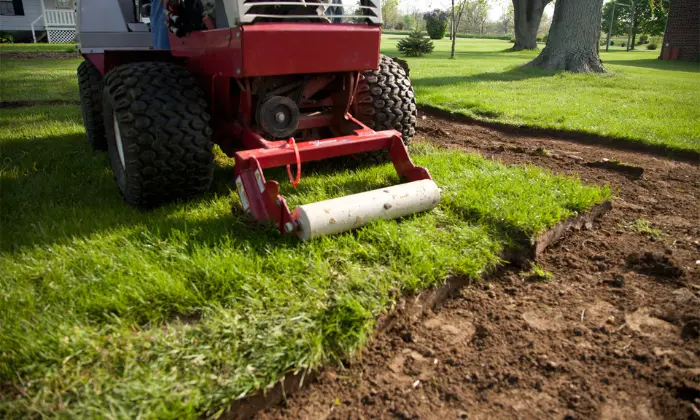
Cutting sod out of your lawn may seem like a daunting task, but with the right approach and tools, it can be a straightforward process. Whether you’re looking to replant grass elsewhere, create new garden beds, or install hardscape features, knowing how to cut sod effectively is essential. In this guide, we’ll walk you through the steps to cut sod out of your lawn with ease.
Cutting the Sod
Using a sharp spade shovel or sod cutter, cut along the perimeter of the marked area. Make straight, uniform cuts to create manageable sections of sod. Aim for pieces that are roughly one to two feet in size, making them easier to handle and transport.
Lifting and Removing the Sod
Once the sod is cut into sections, use the spade shovel or sod lifter to pry up each piece. Slide the tool under the sod, cutting through the roots and lifting it from the soil. Shake off any excess soil and place the removed sod into the wheelbarrow or garden cart for transport.
How you Use Sod Cutters
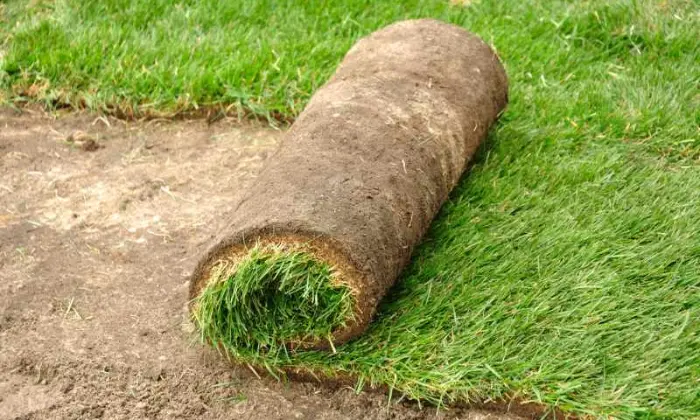
For larger areas or more extensive landscaping projects, sod cutters offer a faster and more efficient solution. These machines cut through the sod at the root level, creating uniform strips that can be easily rolled up and transported. Whether opting for a motorized or manual sod cutter, proper safety precautions should be followed to ensure safe operation and optimal results.
Skid Steer Usage
Skid steers equipped with sod removal attachments are ideal for tackling sizable areas efficiently. However, operating these heavy-duty machines requires skill and experience to avoid damaging surrounding landscape features or irrigation systems. It’s advisable to enlist the help of a professional landscaper for skid steer sod removal on larger properties.
Alternative Methods
In addition to traditional sod removal techniques, alternative methods, such as using a rototiller or sod roller, may be suitable for specific situations. However, these methods are best performed by experienced professionals to ensure optimal results and minimize potential damage to the landscape.
Preparing for Transplantation
Once the sod has been successfully removed, it’s essential to prepare the transplant area properly. This involves clearing debris, rough grading the site, and amending the soil with high-quality topsoil and fertilizer. Proper preparation ensures the transplanted sod takes root and establishes a healthy lawn in its new location.
Caring for Transplanted Sod
If the transplanted sod cannot be laid immediately, it’s crucial to ensure it remains moist and protected from excessive heat and sunlight. Storing the sod in a shaded area and watering it regularly will help prevent dehydration and ensure its survival until it can be properly installed.
Caring for Sod Before Laying It
Before your lush green carpet of sod finds its new home, it requires a tender touch and careful attention. Think of it as a delicate living entity, yearning to thrive in its new environment. To ensure its vitality and resilience, proper care is paramount. As you prepare to lay your sod, remember that moisture is its lifeline. Find a shaded sanctuary where the sun’s harsh rays cannot reach, allowing your sod to breathe and retain its moisture content. At Robert Complete Care Tenderly unroll each piece, giving it space to stretch and revive after its journey. So, let the rhythm of your watering serenade the sod, nourishing it with each gentle cascade.
Conclusion
In Conclusion, How to Remove sod is a critical step in many landscaping projects, and understanding the best techniques and tools for the job is essential for success. Whether opting for manual removal, utilizing sod cutters, or seeking professional assistance, careful planning and execution are key to achieving the desired results. With the right approach, you can transform your outdoor space and create a lush, vibrant landscape that enhances your home’s beauty and value. Feel free to Contact Us
FAQS
What Is Sod Removal?
Sod removal involves lifting and relocating mature grass, known as sod or turf, along with the underlying soil layer. This process prepares the area for new landscaping features or garden beds.
Why Would I need to remove sod?
There are several reasons for removing sod, including repurposing the area for new landscaping projects, creating garden beds, or addressing drainage issues.
What Tools Are Needed For Sod Removal?
Tools commonly used for sod removal include a sharp spade shovel or edger for cutting, a wheelbarrow for transporting sod, and twine or stakes for marking the removal area.
How Do I Prepare For Sod Removal?
Before starting the sod removal process, it’s essential to water the sod to soften the soil, mark the area to be removed accurately, and gather all necessary tools and equipment.
Can I Remove Sod By Hand?
Yes, sod can be removed manually using a sharp spade shovel or edger. This method is suitable for small to medium-sized areas and involves cutting the sod into manageable pieces and lifting them carefully.

